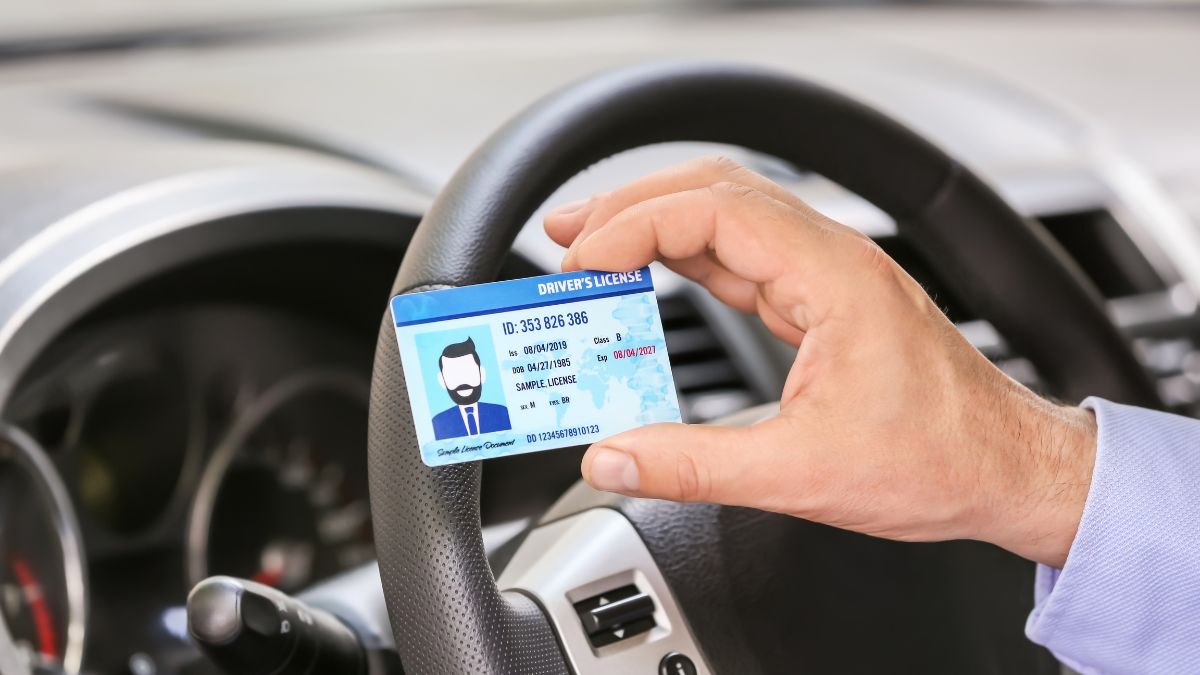A significant change has come into effect for older drivers across the United States. The Senior Driving Law Reform 2025, now fully rolled out nationwide, introduces stricter license renewal protocols for Americans aged 70 and older. The reform is a collaborative effort between the U.S. Department of Transportation and state-level DMVs, aiming to balance road safety and independent mobility for senior citizens.
A Rapidly Growing Senior Driver Population
According to U.S. Census Bureau data, more than 48 million licensed drivers in the U.S. are over the age of 65. With the number of elderly drivers projected to rise even further in the coming years, transportation authorities are implementing stricter standards to ensure that drivers maintain the cognitive and physical abilities required for safe driving.
Mandatory Vision Tests and Frequent Renewals Introduced
One of the most impactful changes under the 2025 law is the introduction of mandatory vision tests for all drivers aged 70 and above, required every time they renew their license. Several states have also shortened the renewal cycles and mandated in-person visits for these renewals.
State-Specific Rules: How the Law Differs Across the U.S.
Different states have implemented custom protocols based on their respective demographics and safety assessments. Here’s how some major states are adjusting:
| State | Age for Enhanced Testing | Renewal Frequency | Extra Requirements |
|---|---|---|---|
| Illinois | 81+ | Every 2 years (81–86), annually (87+) | Mandatory road test for 87+ |
| California | 70+ | Every 5 years | In-person renewal required |
| Colorado | 66+ | Every 2 years | Office visit required |
| Florida | 80+ | Every 6 years | Vision screening required for every renewal |
Health Screenings and Mandatory Reporting Now in Place
Beyond vision, the new law allows DMV officers to request additional tests if a senior’s medical history, medication usage, or recent driving behavior raises red flags. These may include:
- Cognitive assessments
- Mobility or reflex evaluations
- On-road driving tests
In select states, healthcare professionals and family members can submit concerns about a senior’s fitness to drive directly to the DMV, prompting an official review. This aims to catch early warning signs such as slowed reaction times, drowsiness, or confusion in traffic situations.
Refresher Courses and Adaptive Licenses Encouraged
As part of the reform, states are promoting DMV-approved defensive driving courses tailored for seniors. These courses aim to sharpen skills, increase confidence, and lower accident risks. Some insurance providers even offer discounts to seniors who complete these programs.
In addition, some states now offer adaptive licenses with restricted driving privileges—like allowing driving only during daylight hours or within a limited radius—to help moderately impaired seniors stay mobile while ensuring safety.
| Recommendation for Seniors | Benefit |
|---|---|
| Eye exam every 6–12 months | Improves chances of passing vision renewals |
| Defensive driving course enrollment | Enhances safety, may lower insurance premiums |
| Consultation with physician | Identifies mobility or medication-related issues |
Federal Authorities Emphasize Safety, Not Punishment
Federal officials have clarified that this reform is not intended to restrict or penalize seniors, but to ensure road safety through responsible driving practices. According to 2024 traffic data, drivers aged 75 and older have a fatal crash rate nearly three times higher than drivers in the 35–54 age group, per mile driven. This data strongly supported the urgency for reform.
Digital Tools and Policy Refinements Expected in 2025
As the policy continues to roll out, state governments are expected to make further updates throughout 2025, integrating digital tools like online scheduling and automated health notifications. Additionally, partnerships with healthcare providers may expand to streamline medical reporting and assessments for elderly drivers.
The broader goal is to create a system that promotes safe, independent mobility for seniors while minimizing risks for all road users.
